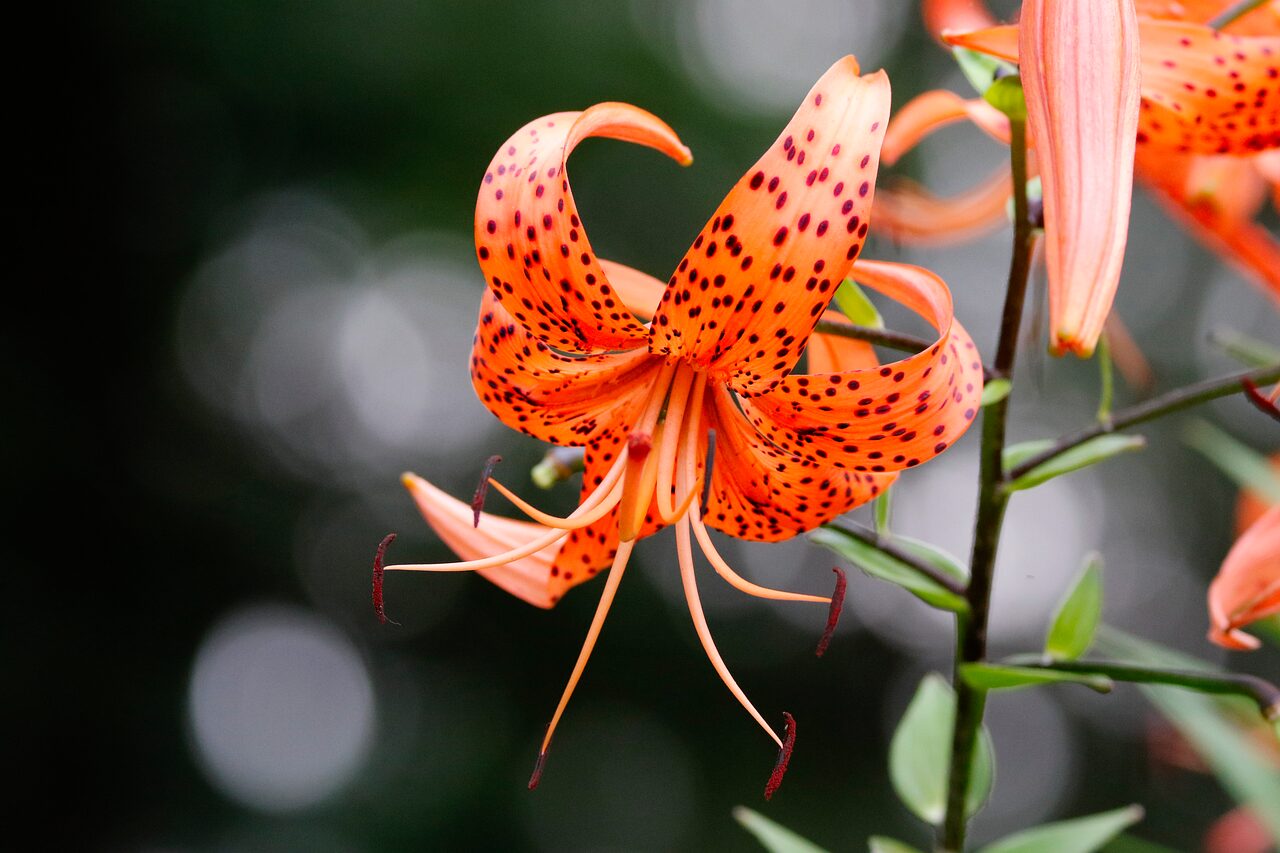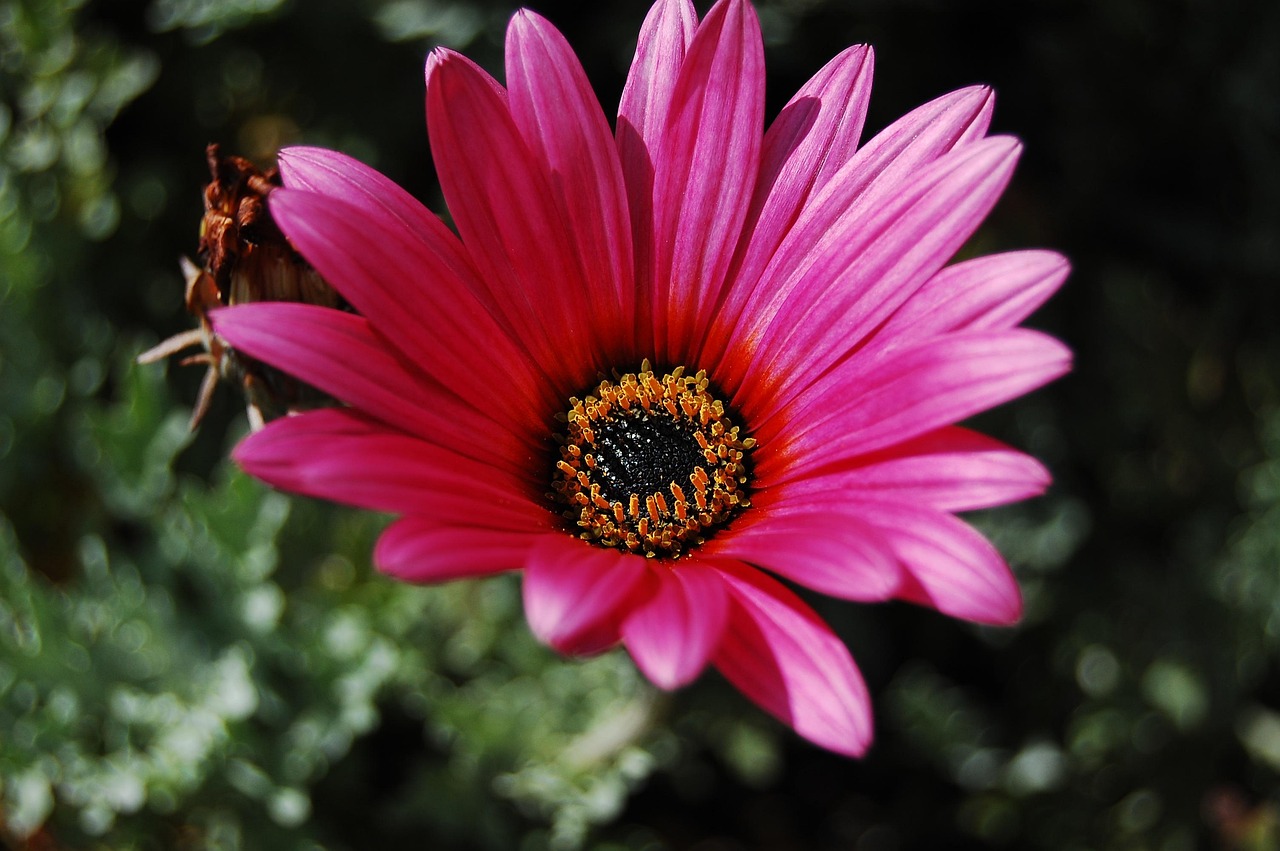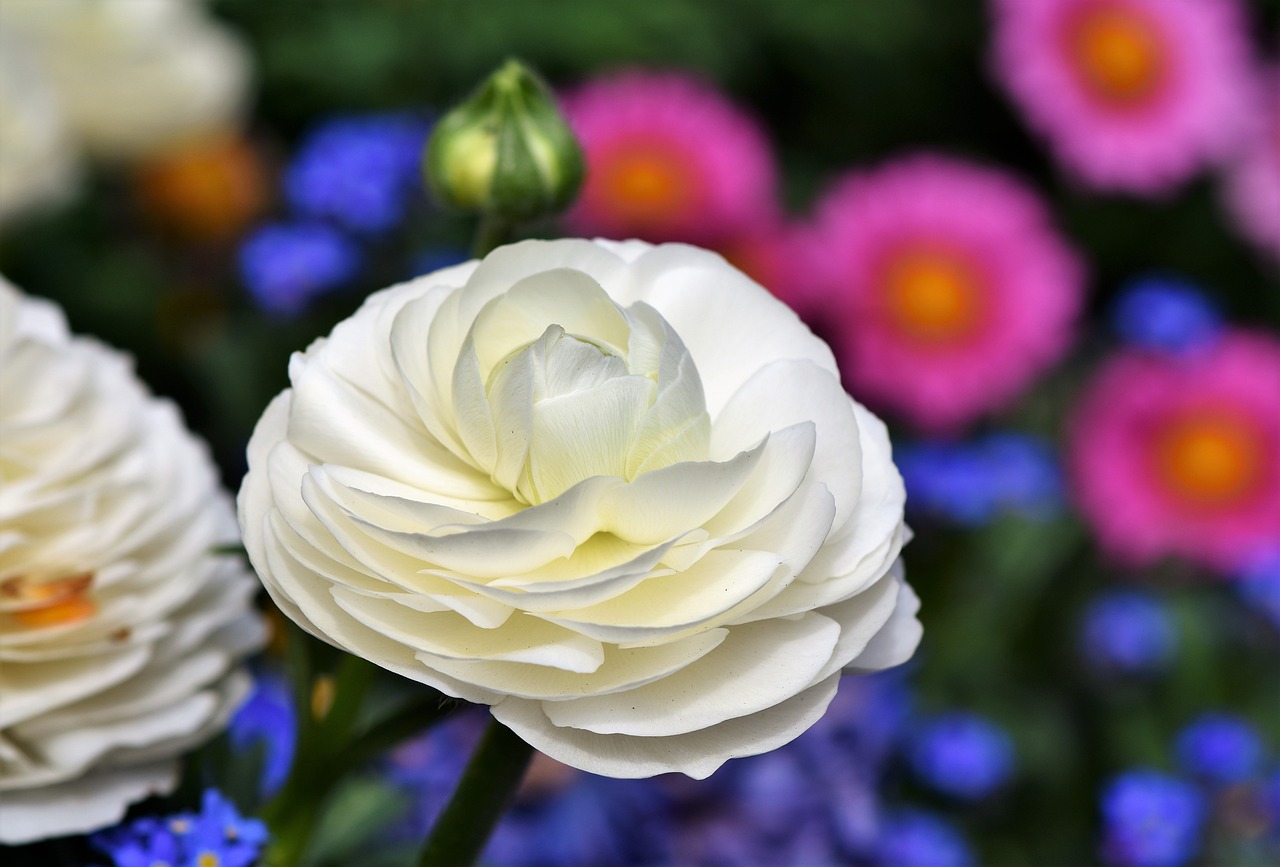Helleborus foetidus | An Evergreen Flower Rooted in Medieval European Herbal Traditions
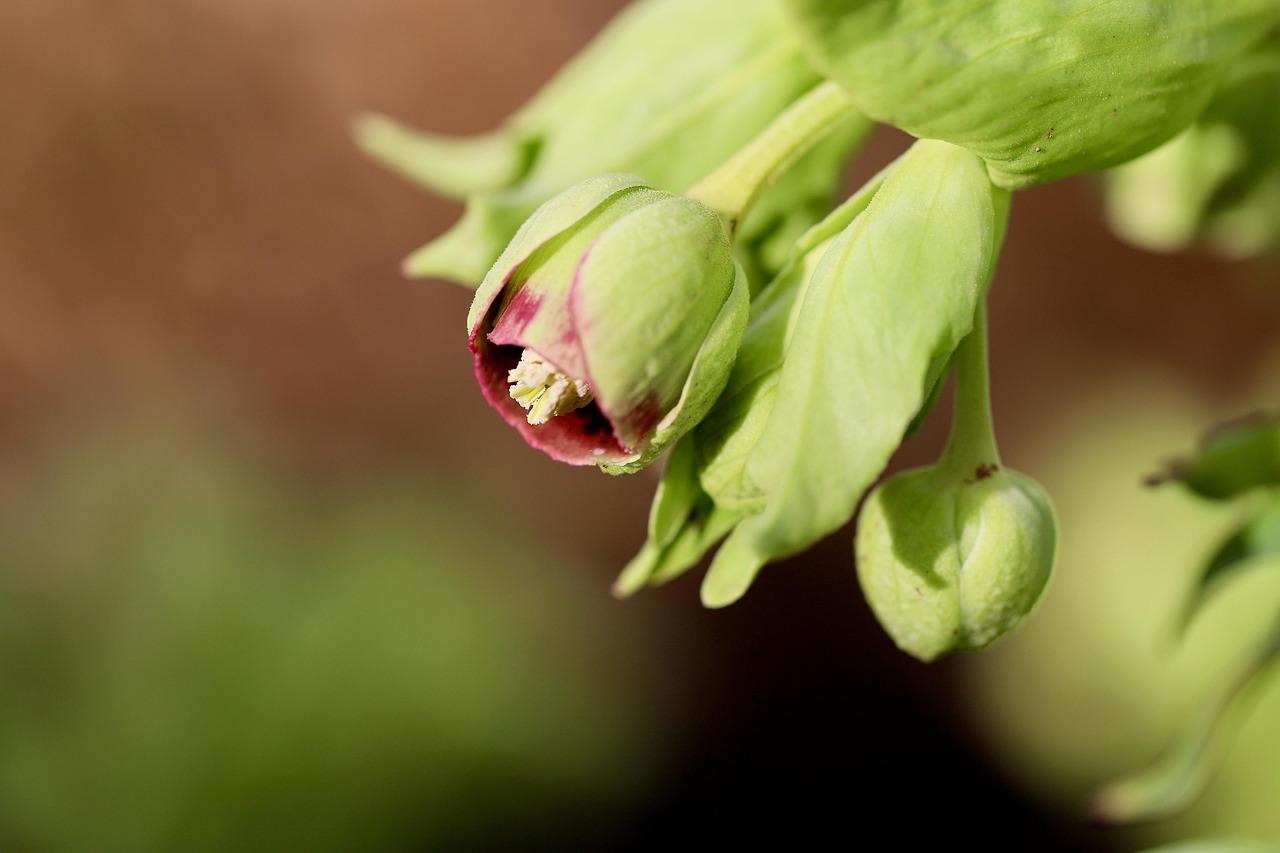
Helleborus foetidus is a perennial plant distinguished by its unique flower shape and evergreen foliage. Because of its hardiness and its ability to bloom from winter to spring, it has long been valued as a source of color in gardens.
In this article, I will provide detailed information about Helleborus foetidus, including its basic characteristics, cultural and historical background, and tips for cultivation.
Basic Information
- Scientific name: Helleborus foetidus
- Family: Ranunculaceae
- Origin: Western to Southern Europe
- Appearance: It bears deeply divided, narrow leaves and greenish, bell-shaped flowers that bloom from winter to spring. The edges of the flowers sometimes show a purplish tint.
- Blooming season: Winter to spring
Cultural Significance Around the World
Helleborus foetidus is known as a distinctive presence in European gardens and natural landscapes.
In England, it is often called the “Lenten Rose,” as it blooms amid the cold of winter, symbolizing vitality in harsh seasons.
In France and Germany, hellebores have long been incorporated into gardens, particularly in monastic herb gardens, reflecting the ancient importance of the genus.
In the Alpine regions, it is cherished as one of the flowers that herald the end of winter, reminding people of the seasonal transition.
Historical Background
Helleborus foetidus has been recognized since ancient Greece and Rome, where its name appears in early writings.
During the Middle Ages in Europe, hellebores were used as protective charms and in rituals, their ability to bloom in harsh winters giving them an aura of mystery.
In 17th-century England, their winter-blooming nature attracted interest among gardeners and members of the aristocracy.
By the 19th century, during the Victorian era, more varieties were introduced into gardens, and hellebores became increasingly popular as winter ornamentals.
Gardening Advice
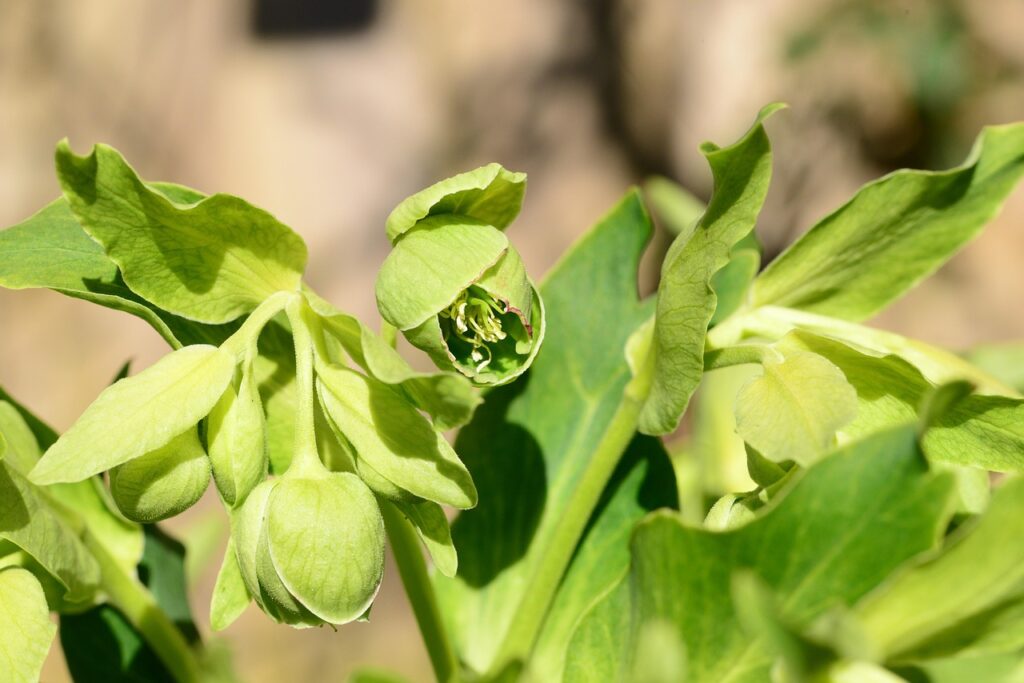
Helleborus foetidus is a hardy plant, but it flourishes more beautifully under proper conditions.
Light
Prefers partial shade but also grows in bright, indirect light. Strong, direct sunlight should be avoided.
Watering
Water moderately to prevent both overwatering and excessive dryness. Water when the soil surface becomes dry.
Soil
Well-drained, organic-rich soil is best. Mixing in leaf mold is recommended.
Fertilizer
Apply a slow-release fertilizer during the growing season to maintain healthy foliage and flowers. Avoid over-fertilization.
Cold tolerance
It can overwinter outdoors even in cold climates, though mulching provides extra protection in areas with severe frost.
Pruning
Cut back flower stalks after blooming to maintain plant health. Remove old leaves to improve appearance.
Conclusion
Helleborus foetidus is a perennial plant that blooms from winter to spring, admired in Europe as a resilient flower that thrives despite the cold.
In England, it is known as the “Lenten Rose,” while in France and Germany it has been cultivated for centuries.
During the Middle Ages, it was planted in monastic gardens and valued as a mystical plant.
When grown in gardens or containers, it thrives best in partial shade with well-drained soil, moderate watering, and occasional pruning. As a long-lasting presence, it brings color and elegance to the winter garden.



